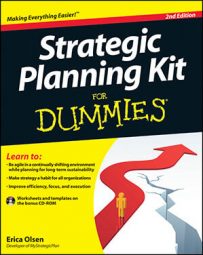Few business owners are fortunate enough to sell their company when its value is at an all-time high. Even fewer owners who’ve sold their companies will ever know how or whether they could’ve achieved a higher price. In case you don’t think selling your business is likely or even possible, here are examples of some entrepreneurial companies who sold their businesses.
Mint.com: Mint, a free online personal finance service that aggregates all personal financial accounts into a single view, sold to Intuit for $140 million four years after it was founded.
PushLife: After just two years in operation, this mobile entertainment startup was acquired by Google for $25 million. The company built a platform that enabled users to port iTunes and Windows Media player libraries into non-Apple phones.
TweetDeck: The popular desktop and cross-platform mobile application for Twitter feeds was purchased by Twitter for $40 million just four years after startup.
Fundamo: To expand its reach and access, Visa purchased Fundamo’s platform that provides mobile financial services for mobile network operators and financial institutions in developing markets in Africa, Asia, and Latin America for $110 million.
Many factors can pique a buyer’s interest — strong management, quality products, proven processes — but earnings will always be key. Historical, verifiable, and sustainable earnings that increase year over year are most attractive to perspective buyers. With that in mind, understanding how your business achieves the highest possible earnings becomes the road map to your strategic planning process.
The process begins by measuring how well your business is currently managed in comparison with other similar businesses that have recently sold. For example, when comparing two recently sold companies in your industry with similar revenue, you may find that Company A sold for a multiple of 3.5 times earnings while Company B sold for a multiple of 4.9 times earnings. Further analysis may uncover major differences in such factors as ratio of earnings, salaries, or cost of goods sold in relation to revenue.

